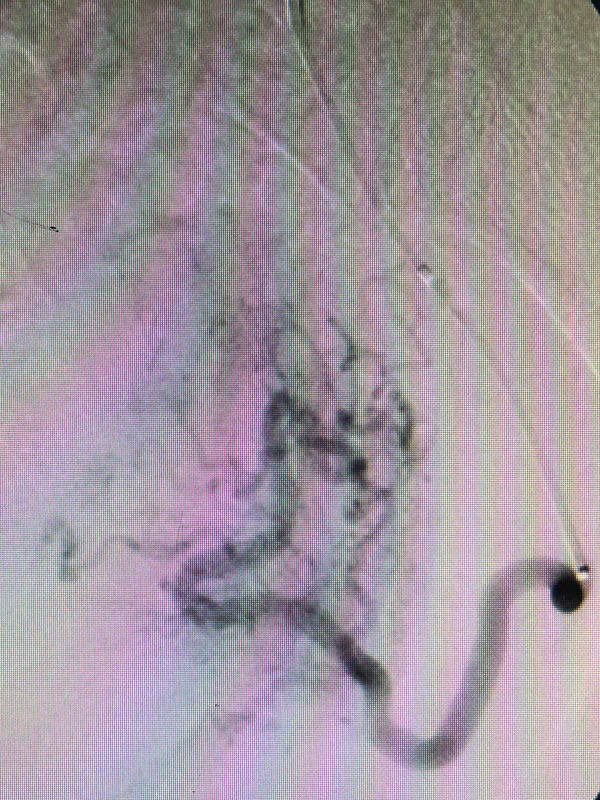Fibroid Treatment in Columbia, MO

Uterine fibroids are noncancerous growths that develop in the uterus. They can cause a variety of symptoms, including heavy bleeding, pelvic pain, and fatigue. Uterine fibroid embolization (UFE) is a minimally invasive procedure that can effectively treat fibroids without the need for surgery.
What is Uterine Fibroid Embolization (UFE)?
UFE is a procedure that involves blocking the blood supply to uterine fibroids. This causes the fibroids to shrink and eventually die. UFE is performed by an interventional radiologist who uses image-guided techniques to deliver tiny particles to the fibroids.
Benefits of UFE:
Traditional treatments for uterine fibroids often involve invasive surgical procedures, such as hysterectomy. However, there is a less invasive option available: uterine fibroid embolization (UFE).
Minimally invasive
Unlike traditional surgery, UFE is a minimally invasive procedure that involves a small incision in the groin or wrist. This means a shorter recovery time, less pain, and a lower risk of complications compared to open surgery.
Effective treatment
UFE is highly effective in reducing the size of uterine fibroids and relieving symptoms such as heavy bleeding, pelvic pain, and fatigue. Many women experience significant improvement in their quality of life following UFE.
Preserves fertility
Unlike hysterectomy, which removes the uterus, UFE does not affect fertility. This makes it a suitable option for women who wish to have children in the future.

What to Expect During UFE:
UFE is typically performed as an outpatient procedure. You will be given anesthesia to ensure your comfort during the procedure. During UFE, a specialized catheter is inserted through a small incision in the groin or wrist. The catheter is guided to the uterine arteries that supply blood to the fibroids. Once in place, tiny particles are injected into the arteries, blocking the blood flow to the fibroids. This causes the fibroids to shrink and die. The procedure typically takes 30-60 minutes.
Recovery from UFE:
Most patients are able to go home the same day after the procedure. You may experience some discomfort or cramping for a few days following UFE. However, most patients are able to return to their normal activities within a few weeks.
